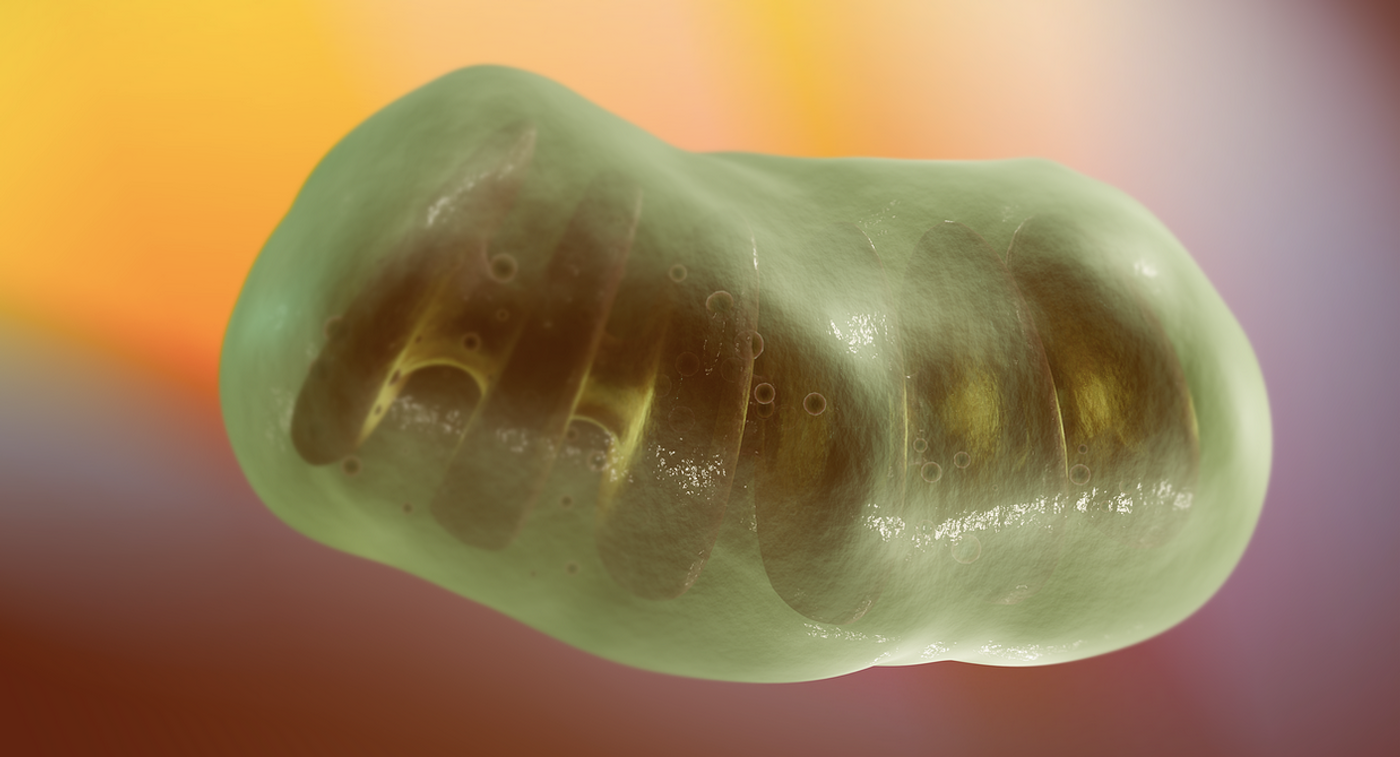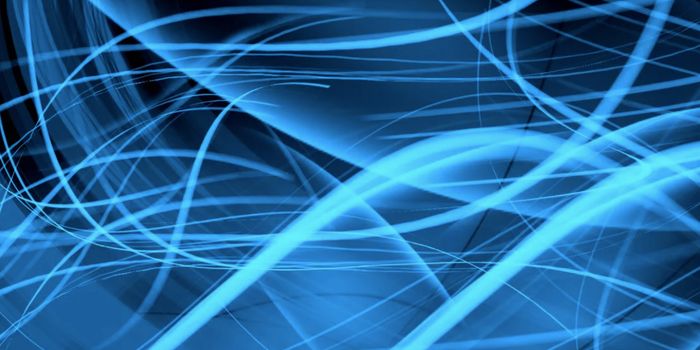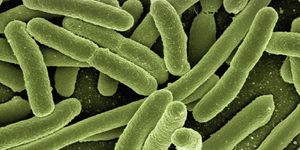How Mutant Mitochondrial DNA is Removed
Mitochondria are very special organelles. Known as cellular powerhouses, they can do more than generate energy. They also carry their own tiny genomes, and even have ribosomes that can generate mitochondrial proteins. Mutations in mitochondrial DNA can also lead to diseases, which typically impact muscle. Now researchers have found that cells can remove mutant mitochondrial DNA. The findings have been reported in Nature Communications.
When mitochondria or mitochondrial DNA are severely damaged, it can trigger mitophagy, in which parts of mitochondria that are not functioning properly are broken down and recycled. But this study has shown that mutations in mitochondrial DNA can also lead to autophagy, a waste disposal process in the cell.
Mutations in mitochondrial DNA can arise naturally during aging, and they have been associated with a variety of diseases of aging. Cells usually have thousands of mitochondria, so cellular function can typically continue normally until a certain percentage of those mitochondria are carrying mutated DNA.
Mitochondrial DNA mutations were found to cause a rearrangement of proteins in the local mitochondrial membrane. That mutant DNA gets targeted and eliminated by autophagy.
"What is new in our study is that this mechanism does not affect the cells' endowment with mitochondria, but only clears out the damaged mitochondrial DNA. By labeling neighboring proteins - so-called proximity labeling - we showed that mitochondrial DNA damage leads to the recruitment of endosomes in close proximity to nucleoids," explained lead study author Dr. David Pla-Martin of the University of Cologne.
Mitochondrial DNA is contained within nucleoids. A nucleoid protein called Twinkle was found to be working with proteins in the mitochondrial membrane called SAMM50 and ATAD3 to remove the mutant DNA.
"This additionally prevents the activation of an immune response. The protein VPS35, the main component of the retromer, mediates the maturation of early endosomes into late autophagy vesicles, where degradation and recycling ultimately take place," added Pla-Martin.
In a mouse model of impaired muscle regeneration caused by mutant mitochondrial DNA, the mutant DNA could be removed by triggering autophagy with a chemical called rapamycin.
A new study reported in the Proceedings of the National Academy of Sciences has revealed more about nucleoid movement. The ATAD3A protein, which sits on the inner mitochondrial membrane, mediates interactions between mitochondrial DNA nucleoids and mitochondrial fission factors. ATAD3A was required for nucleoid trafficking inside the mitochondria. Mitochondrial fission and nucleoid trafficking work together to regulate the size, number, and distribution of the nucleoids in mitochondria.
"Nucleoid trafficking may represent a new therapeutic target to prevent mitochondrial dysfunction in various human diseases," noted lead study author Takaya Ishihara of Osaka University.
Sources: University of Cologne, Nature Communications, Osaka University, Proceedings of the National Academy of Sciences









